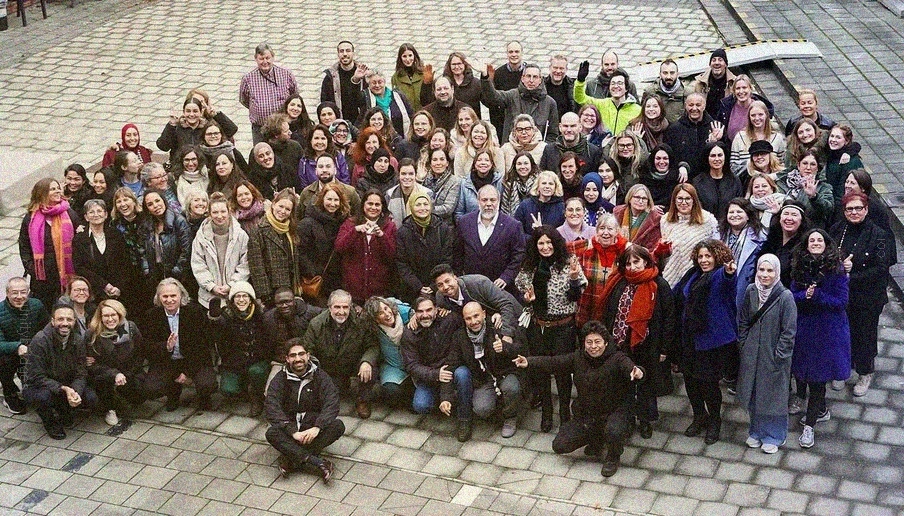Understanding Community Barriers
Community integration faces numerous challenges when stigma creates invisible walls between individuals and the support systems they need. These barriers often stem from misunderstanding, fear, and lack of awareness about the complex factors that influence someone's journey toward meaningful community participation.
Social stigma manifests in various ways within community settings. It can appear as assumptions about someone's character, capabilities, or past experiences. These preconceptions create environments where individuals feel judged rather than welcomed, making it difficult to form authentic connections and access available resources.
Breaking Down Misconceptions
One of the most effective approaches to reducing stigma involves education and open dialogue. When community members understand the diverse circumstances that bring people to seek support, they become more empathetic and willing to extend genuine assistance.
Educational initiatives within communities help dispel myths and replace them with factual information. These programs highlight the importance of approaching each person as an individual with unique strengths, experiences, and potential contributions to the community.
Building Supportive Networks
Creating supportive networks requires intentional effort from both individuals seeking integration and established community members. The process begins with identifying allies who understand the value of inclusive communities and are willing to advocate for positive change.
Successful support networks often start small, with one or two meaningful connections that gradually expand. These relationships provide emotional support, practical assistance, and opportunities for social engagement that help individuals feel valued and connected.
Practical Steps for Integration
Community integration becomes more achievable when approached strategically. Starting with low-pressure social activities allows individuals to build confidence while gradually expanding their social circles. Volunteer opportunities, skill-sharing workshops, and community events provide natural settings for forming connections.
Regular participation in community activities helps normalize presence and allows others to see beyond initial assumptions. Over time, consistent involvement demonstrates commitment to positive community participation and helps build trust with other members.
The Role of Advocacy
Advocacy plays a crucial role in changing community attitudes and policies that may inadvertently exclude certain groups. Effective advocates understand both the challenges faced by individuals seeking integration and the concerns of community members who may be hesitant about inclusion.
Successful advocacy involves sharing stories that humanize experiences and highlight positive outcomes of inclusive practices. When community members see tangible benefits of integration programs, they become more supportive of initiatives that welcome diverse participants.
Creating Lasting Change
Long-term stigma reduction requires sustained effort and commitment from multiple stakeholders within the community. This includes developing policies that promote inclusion, training community leaders on best practices, and creating feedback mechanisms that allow for continuous improvement.
Communities that successfully overcome stigma often establish formal mentorship programs where experienced community members guide newcomers through the integration process. These programs create structured support while fostering mutual understanding and respect.
Moving Forward Together
The journey toward stigma-free community integration is ongoing and requires patience from all involved parties. Progress may be gradual, but each positive interaction builds toward a more inclusive and supportive community environment.
Success stories from individuals who have overcome stigma serve as powerful examples for others facing similar challenges. These narratives demonstrate that meaningful community integration is possible when support systems work effectively and community members approach differences with openness and understanding.
By working together to address stigma and build inclusive practices, communities create environments where all members can thrive and contribute their unique talents and perspectives to the collective wellbeing of the group.
